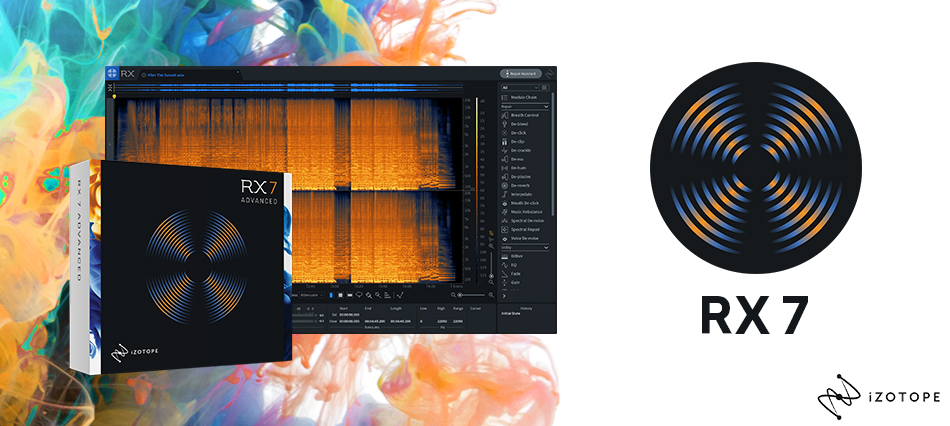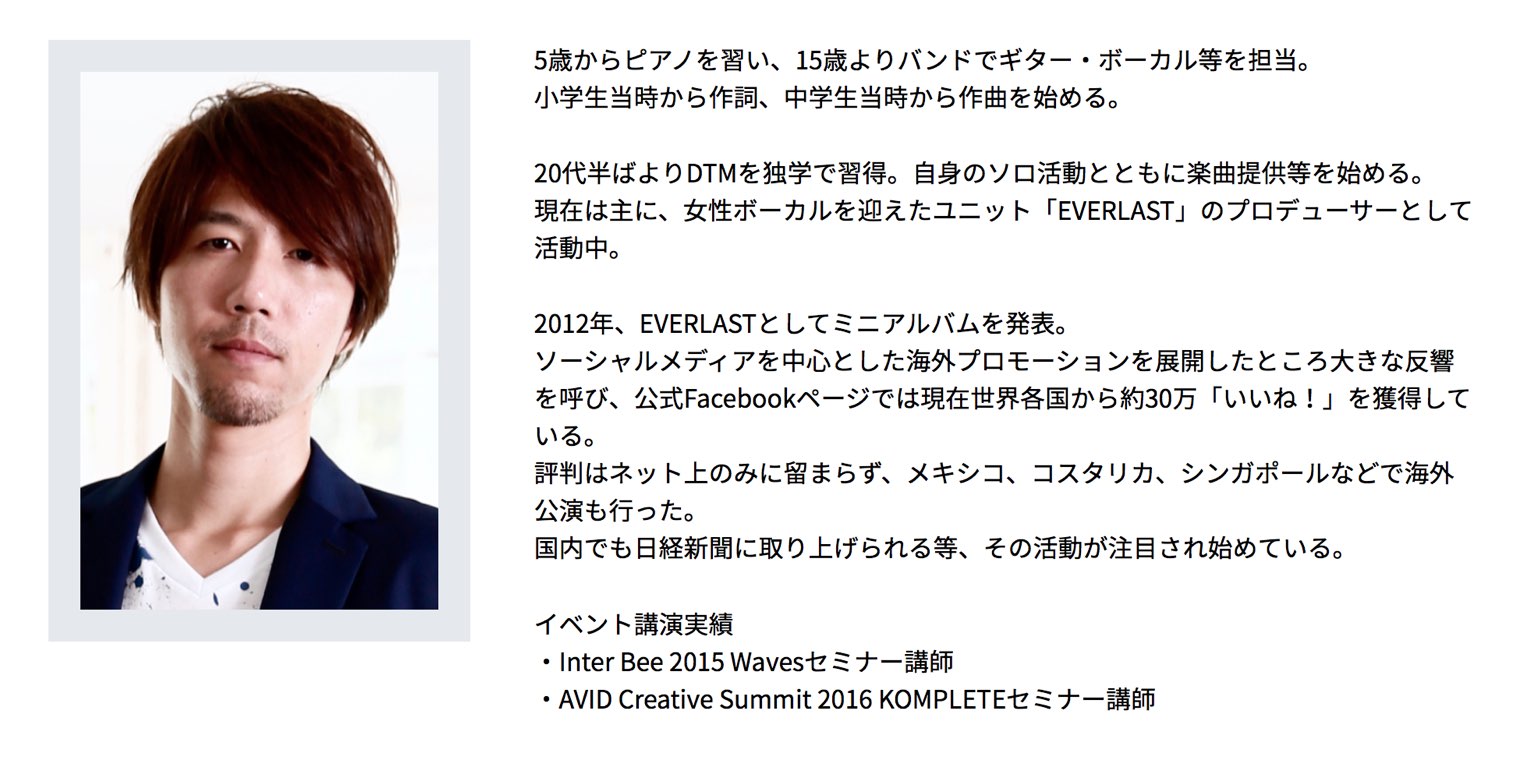iZotope RX 7 の使い方② ブレス・ノイズ処理
有用性の高いモジュールを紹介

今回はiZotope社のオーディオリペアツール、RX 7の使い方第二弾ということで、各モジュールを用いた処理を取り上げていきたいと思います。
非常に多くのモジュールがありますが、その中でも個人的に有用性が高いと感じたものからピックアップしました。
iZotope RX 7 使い方動画②
記事の担当 大鶴 暢彦/Nobuhiko Otsuru


今回はiZotope社のオーディオリペアツール、RX 7の使い方第二弾ということで、各モジュールを用いた処理を取り上げていきたいと思います。
非常に多くのモジュールがありますが、その中でも個人的に有用性が高いと感じたものからピックアップしました。
